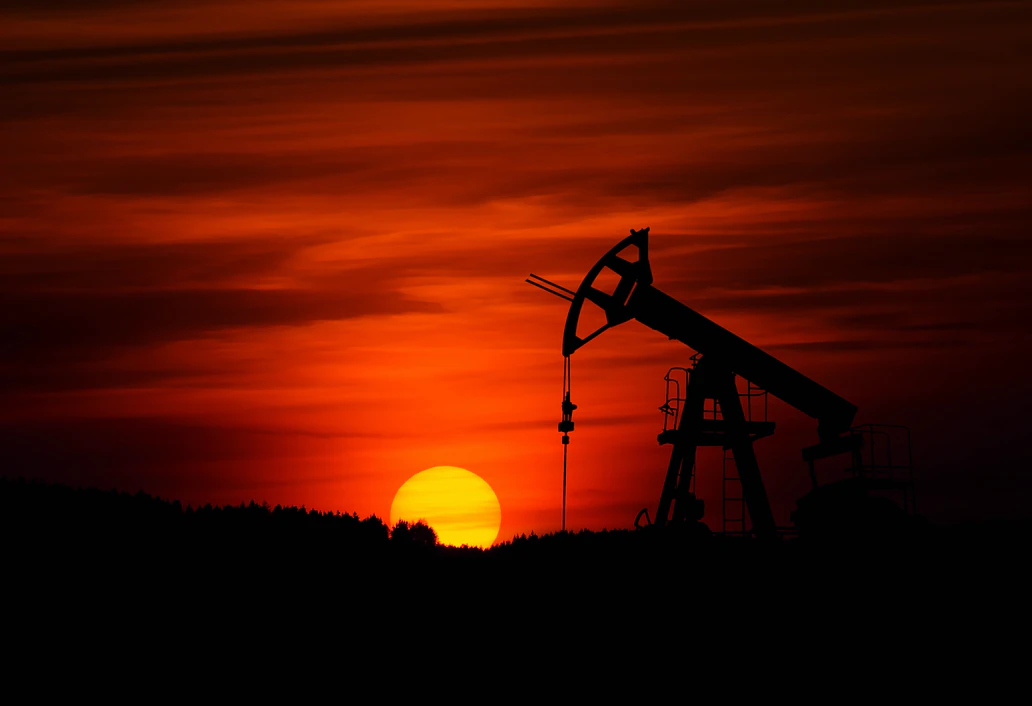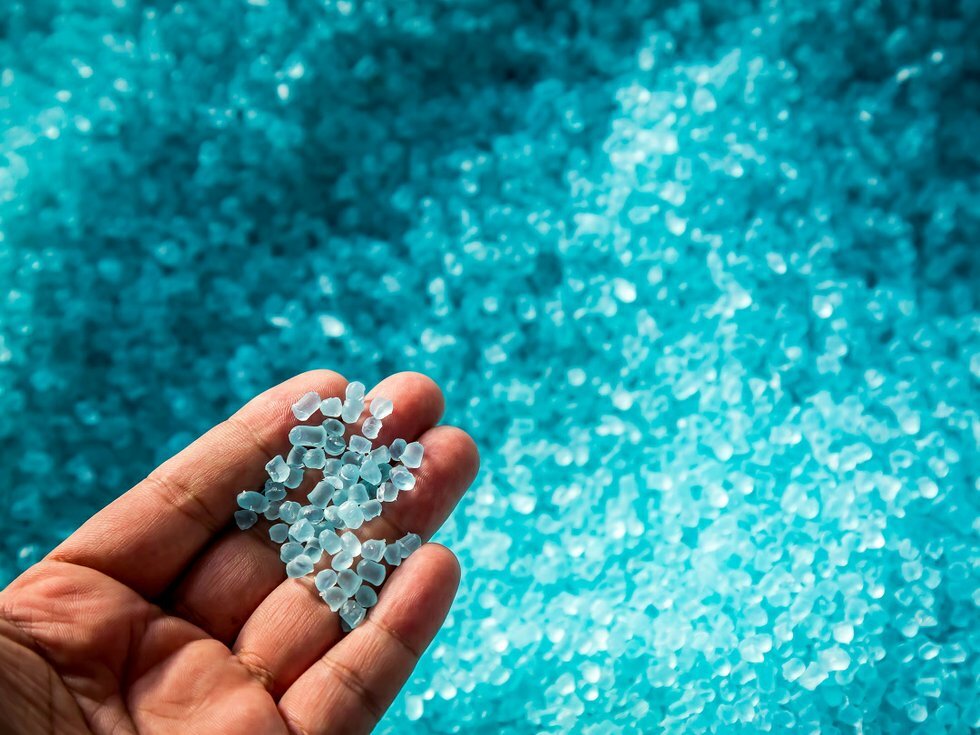It’s in the cars we drive, the technology we use, and the clothes we wear. Plastic is simply everywhere we look. It’s the material that radically changed society and has made modern life possible, in many ways.
But have you ever stopped and wondered: where does plastic come from? If yes, then read on, because you are about to find out!
The name plastic comes from the Greek Word “plastikós” meaning “to mold or shape”, it is a generic name given to a wide range of synthetic materials that actually come from natural, raw materials. Indeed, some of the oldest use of natural plastic dates back to ancient Mesoamerican populations who used naturally occurring plastic from trees to create rubber balls 3500 years ago!
Before plastic became the ubiquitous material we know today, it underwent a transformation from being a strictly natural product to be synthetically and widely produced.
That’s right, most of the plastics we see and use every day come from sources that mother earth has provided us - but only after undergoing a complex, man-made, process. And it all starts when raw materials such as crude oil or natural gas are extracted from oceans or from rock formations.
Indeed, crude oil and natural gases are primary sources of man-made plastic as they provide a cheap alternative to plastic made from plants.
Once these raw resources are extracted they need to be transformed in order to be manipulated and so the second step of the process involves a chemical reaction that will create ethane and propane, two organic, chemical gasses that can be considered the “building blocks” of plastic. This process usually takes place in refineries.
The ethane and propane are then broken down into smaller molecules during the “cracking” phase - turning into ethylene and propylene, respectively. These small molecules called monomers are then combined to form a polymer chain.
The polymer chains are long flexible chains of chemical compounds and they represent the main structure of plastics.
In this “polymerization” process, the two elements ethylene and propylene are transformed into the resins polyethylene and polypropylene thanks to the addition of a catalyst. This is a crucial part of the process because now our materials can be molded using heat and pressure into whichever shape we like!
These resins are first melted, and then cooled down - ready to be chopped up into small, plastic pellets known as nurdles:
At this point, the work is almost done as these small particles of plastics can be transported to manufacturers who use heat to mold them into different types of plastic products which will eventually end up in supermarkets ready to be picked up by us.
As you might have noticed, the amount of energy, work, and resources that go into producing plastic is immense. This study published in the Environmental Research Letters journal shows that in order to produce just a single one-liter PET bottle about two liters of water are consumed and 4 million joules of energy (the energy required to power a house for 4 straight days) are used. Ultimately every ton of this plastic that is produced creates three tons of CO2.
But don’t panic! If that same PET bottle was to be created with recycled plastic rather than virgin, the amount of energy and resources (both natural and financial) consumed would be incredibly low as each step that is eliminated from the initial manufacturing process represents a saving.
That’s quite impressive, right? This is exactly why recycling, rather than throwing plastic away, is so important: we do not want to lose all those precious resources and see them ending up in landfills where they will be wasted.
For this reason, and many more, here at Plastics for Change we are committed to “closing the loop” and give every single piece of recyclable plastic a new life while improving the quality of life of our communities.
To sum up, next time you want to throw away a plastic bottle, think about how much time and energy went into creating it and do the right thing, recycle it and inspire others to do the same!













